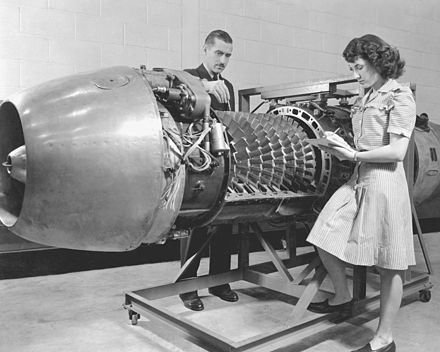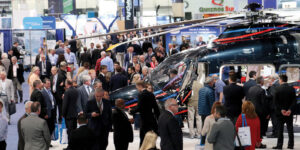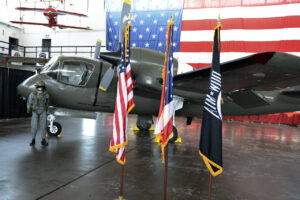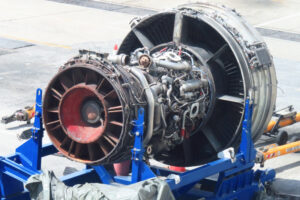Early Life
Born in 1900, Dr. Anselm Franz was an Austrian Jet engineer who created the first mass produced Jumo 004 WWII gas turbine turbojet in 1944. After the war and as part of Operation Paperclip, Dr. Franz moved to the U.S. and started working for the Lycoming Turbine Engine Division located in Stratford, Connecticut in 1951. Instead of continuing to work on the turbojet for flight application, which the likes of General Electric and Pratt & Whitney already had a leg up on, Dr. Franz shifted his focus on developing a gas turbine turboshaft engine for helicopters. The turboshaft engine would end up revolutionizing the helicopter industry and replacing the previous piston powered engines that helicopters previously operated with.
The Turboshaft
This brings us to 1953, when the first design for the T53 turboshaft is incepted by Dr. Franz. Its application was first used in the Bell Model 204 in 1956 that would go on to win the US Army’s bid for a Medical Evacuation utility aircraft. At the time, the US Army was operating outdated piston power Sikorsky H-5 utility aircraft. The Model 204 would later be designated the UH-1A Iroquois and mass produced in 1960 becoming the first ever turbine-powered helicopter produced for the US Military. Now with over 50 million operating hours globally and it being released for commercial use, it has become the most recognized helicopter to this day.
In this same era, the US Army was also looking to update their piston powered CH-37 Mojave which was more of a heavy-lifting cargo aircraft. Dr. Franz created a scaled up version of the T53 turboshaft with more shaft horsepower (SHP). Like its predecessor, the T55 turboshaft was first created like its name states, in 1955, and was able to produce almost three time the SHP of the T53. Its application was paired with a Boeing’s CH-47 Chinook and was introduced into service in 1962. This twin engine dual rotor aircrafts size was a direct correlation of the continued growth of the Huey. With counter-rotating rotors, the Chinook allowed for more lift and thrust and overall more stability with heavy cargo by being able to control lift in either rotor. At this time, the Army was making a huge push for an air mobility effort and the Huey and Chinook where the main drivers in this strategy with the Chinook joining the Vietnam war in November of 1965.



